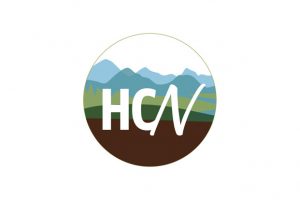Treating A Common Injury!
Achilles Tendonitis
Achilles tendonitis is a condition wherein the Achilles tendon, at or near its insertion to the back of the calcaneus (our heel), becomes inflamed and causes pain. The Achilles tendon is one of the longest and strongest tendons in the body. It is avascular, meaning, it has no blood supply and, therefore, is slow to heal as is with all types of tendon injuries. The Achilles tendon is formed in the lower third of the back of the leg on the posterior aspect of the tibia, which is the longer of the two lower leg bones. Two muscles join to form the Achilles tendon: the Gastrocnemius which originates on the back aspect of the femur, and the Soleus which originates on the back aspect of the upper third of the tibia. The Achilles tendon works as an anti-pronator.
What are the common symptoms/complaints?
People with Achilles tendonitis often complain of severe aching or burning pain felt in the back of the heel, which increases with passive dorsiflexion (raising the toes to the ceiling), and resisted plantarflexion (pointing the toes downward), such as rising up onto the toes.
How is it caused?
Over-pronation is the main cause of irritation to the tendon. Risk factors include tight heel cords, foot malalignment deformities, and recent change in footwear or activity. During a normal gait cycle, the upper leg, femur, and the lower leg, tibia, rotate in unison (i.e. inwardly during pronation and externally during supination).
However, when a person over-pronates, this can cause counter rotation of the upper leg and lower leg. The resulting counter rotation of the femur and the tibia causes a shearing force to occur in the Achilles tendon. This counter rotation twists the tendon at its weakest area, namely the Achilles tendon itself, and causes the inflammation. Since the tendon is avascular, once inflammation sets in, it tends to be chronic. Runners and those individuals whom have a tendency to have a forward center of pressure can be predisposed to Achilles tendonitis.
How is it treated?
Relieving the stress is the first course of action. Acute treatment involves ice therapy and activity modification. Active stretching and strengthening exercises will assist rehabilitation of the gastrocnemius-soleus muscle complex. When placed in a heeled shoe, the patient will immediately notice a difference, compared to flat ground. It is recommended that the patient be fitted with orthotics to control the down-and-in movement of the talus (ankle bone) and maintain proper alignment of the foot, relieving the stress on the Achilles tendon. Tightness in the tendon itself can be helped by an extra heel lift added to the orthotics. The patient can expect a slow recovery over a period of months. Shockwave therapy can also be used to increase the healing of the tendon by increasing the blood flow (neovascularization) to the tissue thereby speeding up the healing time. Until next time…
Yours in health,
Bragg Creek Chiropractic
By Dr. Darren Scarborough & Dr. Ryan Derochie
Bragg Creek Chiropractic Clinic

























